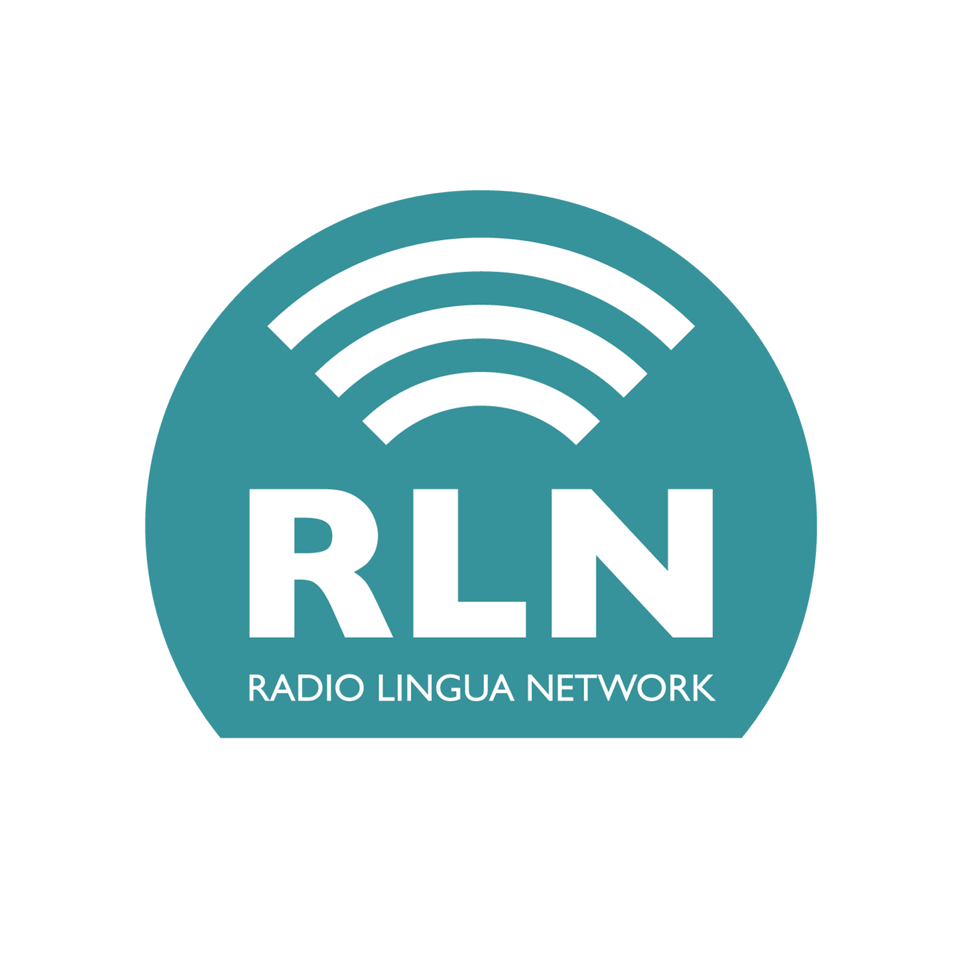How do we translate “the” into Italian?
There are, in fact, seven options, and it depends on the grammatical gender (masculine or feminine) and the number (singular or plural) of the noun.
The Coffee Break Italian Show is a podcast series of bite-sized, friendly conversations in which we demystify tricky Italian language topics. In the latest episode, Mark and Francesca talk about everything you need to know about Italian definite articles.
Continue reading to find out more, and why not listen to the podcast as you go?
Let’s see the rules to follow to choose the right definite article in Italian every time!
“The” with singular Italian nouns
Let’s start with singular nouns.
We have to take into account whether the grammatical gender of the noun is masculine or feminine. Then, when it comes to masculine nouns, the first letter or letters of the word also play into which definite article to choose.
Masculine singular
il
We use il for most masculine singular nouns. For example:
il ragazzo
the boy
il libro
the book
il pesce
the fish
lo
We use lo for masculine singular nouns starting with s+consonant, z, y, x, ps, pn, gn. For example:
lo studente
the student
lo spettacolo
the show
lo scatolone
the big box
lo gnocco
the potato dumpling
lo gnomo
the gnome
lo psicologo
the psychologist
lo zaino
the rucksack
lo zucchero
the sugar
lo yogurt
the yoghurt
l’
We use l’ for masculine singular nouns starting with a vowel. For example:
l’amico
the (male) friend
l’elefante
the elephant
l’ombrello
the umbrella
l’uomo
the man
Feminine singular
la
We use la for most feminine singular nouns. For example:
la ragazza
the girl
la penna
the pen
la stazione
the station
la zia
the aunt
l’
We also use l’ for feminine singular nouns starting with a vowel. For example:
l’amica
the (female) friend
l’Italia
Italy
l’uva
the grape
l’emozione
the emotion
“The” with plural Italian nouns
With plural nouns, we also have to take into account whether they are masculine or feminine, and the letter with which they begin.
Masculine plural
i
We use i (plural of il) for most masculine plural nouns. For example:
i ragazzi
the boys
i libri
the books
gli
We use gli (plural of lo and l’) for masculine plural nouns starting with s+consonant, z, y, x, ps, pn, gn, or a vowel. For example:
gli studenti
the students
gli zaini
the rucksacks
gli gnocchi
the potato dumplings
gli psicologici
the psychologists
gli amici
the friends (male or mixed group)
gli elefanti
the elephants
gli ombrelli
the umbrellas
gli uomini
the men
Feminine plural
le
We use le (plural of la and l’) for all feminine plural nouns. For example:
le ragazze
the girls
le penne
the pens
le amiche
the (female) friends
When to use the definite article in Italian
Let’s look at some situations in which the definite article is used in Italian but not in English.
In Italian, you use the article with:
Continents, countries, states, nations, regions
For example:
la Francia
France
il Regno Unito
the UK
gli Stati Uniti
the USA
lo Sri Lanka
Sri Lanka
la Toscana
Tuscany
la Sicilia
Sicily
il Piemonte
Piedmont
le Marche
Marche
il Texas
Texas
il Devon
Devon
la Cornovaglia
Cornwall
Rivers, mountains, seas, lakes, volcanoes, islands
For example:
il Po
the Po
il Tamigi
the Thames
la Senna
the Seine
il Monte Bianco
Mont Blanc
l’Everest
Everest
We would see the definite article being used in the following sentence, for example:
L’Italia è un bellissimo paese.
Italy is a beautiful country.
However, in Italian, you don’t use the article with cities. For example:
Roma
Rome
Torino
Turin
Napoli
Naples
Note that there are some exceptions. For example:
La Spezia
La Spezia
Il Cairo
Cairo
It’s worth noting that you do use the definite article before a city when you want to talk about its football club. For example: la Roma, il Torino, il Napoli.
È tutto per oggi!
While this might seem like a lot of information, these little words are used all the time in Italian, so you will gradually get used to seeing and using them.
The best way to improve is to try to put them into practice and remember: if you make mistakes, that’s a normal part of learning. Italian speakers will be likely to still understand you, anyway.
Make sure to listen to the full podcast episode that accompanies this blog article with Mark and Francesca on The Coffee Break Italian Show. This is the series in which we look at a range of topics for Italian learners, so subscribe to our podcast feed and our channel on YouTube to find out when the next episode is available.
Plus! To get regular free Italian lessons in your inbox, you can sign up for our short (coffee-break-sized) email lessons that will help you improve your Italian. You will also hear from Mark, the founder of Coffee Break Languages, giving advice for language learners at any level. Sign up below!
Happy Coffee Breaking!





